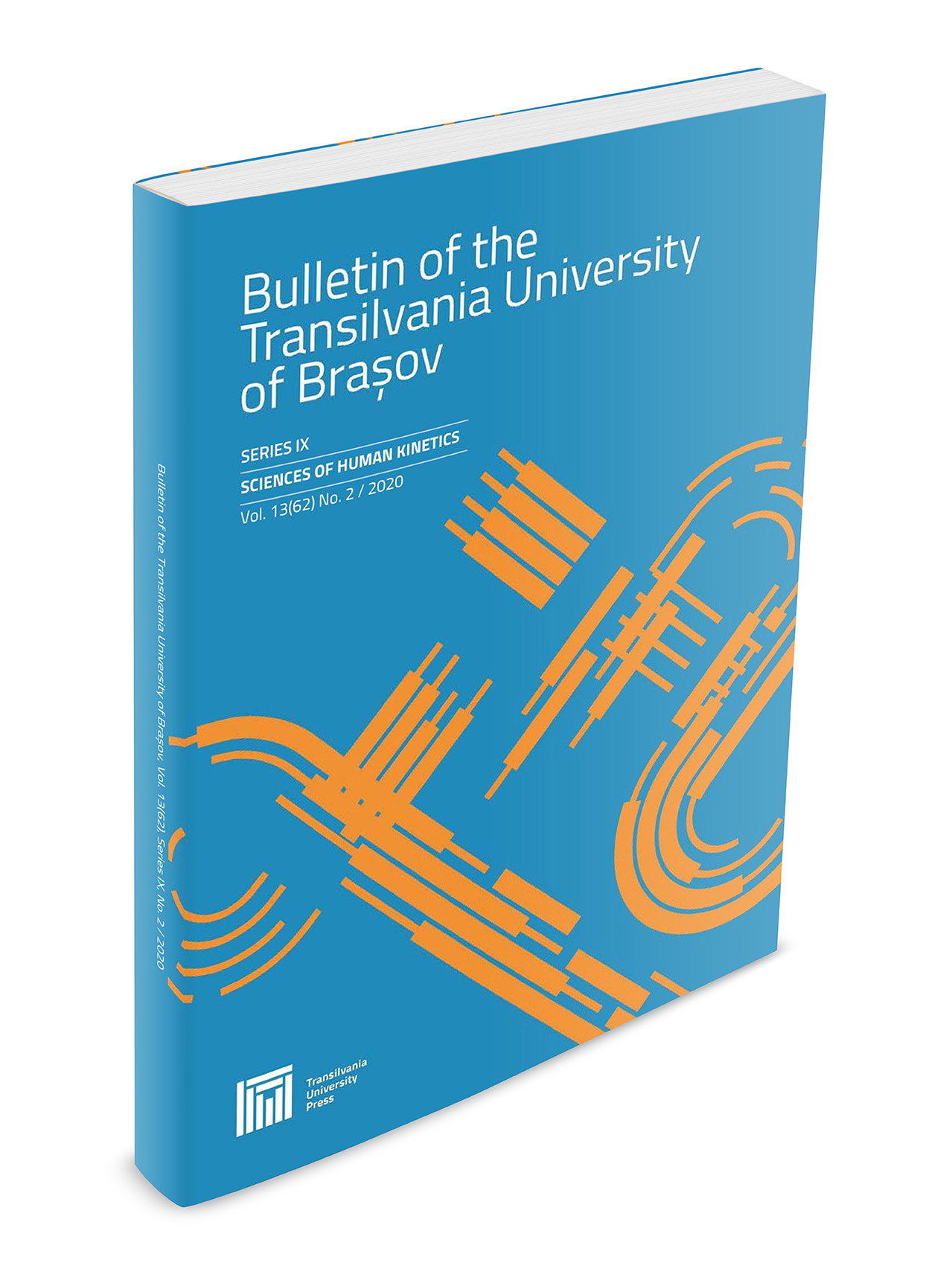The Value of Swimming and Aquatical Exercises in the Development of Down Syndrome Children’s Body Schema
DOI:
https://doi.org/10.31926/but.shk.2023.16.65.1.21Keywords:
Down syndrome, swimming, aquatic exercises, psychomotricity, body schemaAbstract
This study sought to show how swimming and aquatic activities might help people with Down syndrome with their coordination and balance (knowledge of one’s own body and its parts, awareness of one’s own image, and laterality). The target group consisted of 15 Down syndrome-diagnosed children (n=15), children who did not practice swimming lessons or any activity that involved physical movement in the water but only had engaged in structured physical activities outside of the physical education classes that were part of the school curriculum. We can reject the null hypothesis that swimming and aquatic activities do not create the body schema, a component of psychomotricity, because each participant significantly improved their final score on each of the 10 items, and the overall p-value was less than 0.05. applying a swimming program that incorporates challenging and diverse aquatic activities might help people with Down syndrome build their body schema, a crucial aspect of human psychomotricity.
Downloads
Published
Issue
Section
License
Copyright (c) 2023 Bulletin of the Transilvania University of Braşov. Series IX: Sciences of Human Kinetics

This work is licensed under a Creative Commons Attribution 4.0 International License.





